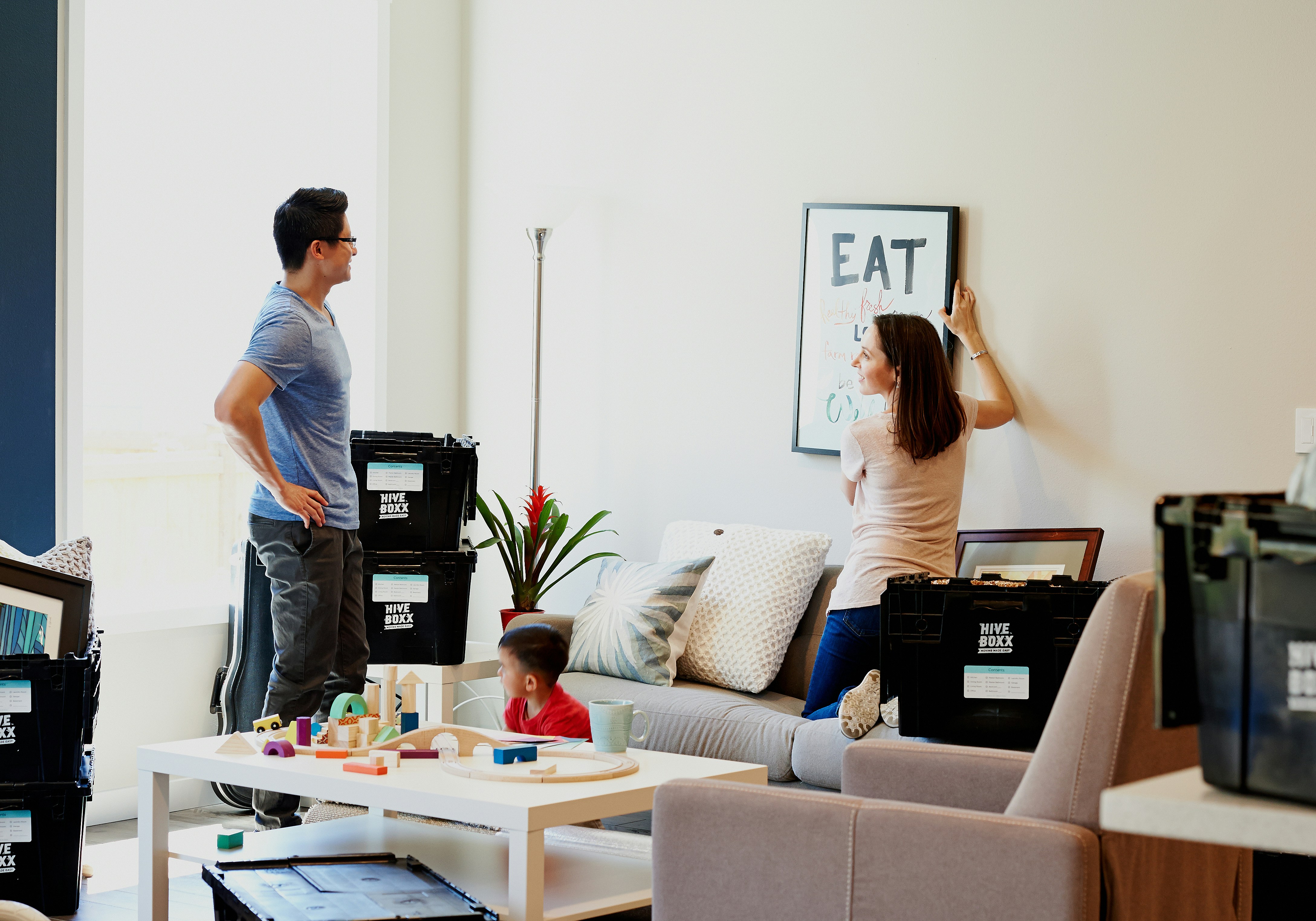What to Know About the Shift from Traditional Sofas in Living Room Design
A noticeable shift is underway in how living rooms are being designed, as conventional sofas begin to fall out of favor. Design preferences in 2025 are increasingly guided by the need for flexible, multi-functional spaces that adjust to modern lifestyles. Rather than adhering to longstanding furniture norms, people are gravitating toward adaptable layouts that better reflect their daily routines. While the specific alternatives vary, the pattern indicates a broader move toward functional comfort, innovative configurations, and a rethinking of how shared spaces are used. Explore how evolving trends in interior design are shaping these changes.
Why Are Homeowners Moving Away from Traditional Sofas?
Traditional sofas, while comfortable and familiar, often present limitations in today’s dynamic living environments. Fixed seating arrangements can make rooms feel static and difficult to reconfigure for different activities. Many homeowners find that conventional sofas dominate their living spaces without offering the flexibility needed for remote work, entertainment, or social gatherings. The rigid nature of traditional sofas also makes them challenging to move or reposition, which conflicts with the modern desire for adaptable living spaces.
What Makes Modular Sofas the Preferred Alternative?
Modular sofas have emerged as a leading solution for contemporary living spaces due to their unprecedented flexibility. These sectional pieces can be rearranged, separated, or combined to create different seating configurations based on specific needs. Unlike traditional sofas, modular systems allow homeowners to add or remove sections as their living situations change. This adaptability makes them particularly valuable for apartment dwellers, growing families, or anyone who frequently entertains guests with varying group sizes.
How Do These Changes Impact Living Room Layout Ideas?
The shift toward flexible furniture has revolutionized living room layout ideas, moving away from the standard sofa-facing-television arrangement. Modern layouts emphasize creating multiple zones within a single space, with seating that can be oriented toward different focal points. This approach allows living rooms to serve multiple purposes throughout the day, from morning coffee spots to evening entertainment areas. The elimination of bulky traditional sofas opens up floor space and creates more fluid traffic patterns within the room.
What Role Does Multifunctional Furniture Play in Modern Design?
Multifunctional furniture has become essential in contemporary living room design, addressing the need for pieces that serve multiple purposes. Ottoman storage cubes double as seating and coffee tables, while sleeper sofas accommodate overnight guests without requiring dedicated guest rooms. Console tables with built-in charging stations support remote work needs, and nesting tables provide surface space when needed while disappearing when not in use. This approach maximizes the utility of every piece while maintaining clean, uncluttered aesthetics.
Which Space Saving Furniture Solutions Are Gaining Popularity Worldwide?
Across different regions, certain space saving furniture trends are gaining universal appeal. Wall-mounted desks that fold down when needed are becoming standard in urban apartments from New York to Tokyo. Expandable dining tables that adjust from intimate two-person settings to larger group configurations are popular in European and North American markets. In Asia, where space optimization is particularly crucial, furniture pieces that stack, fold, or transform are increasingly sophisticated, influencing global design trends through their innovative engineering and compact functionality.
What Are the Cost Considerations for Modern Seating Solutions?
| Furniture Type | Price Range | Key Features |
|---|---|---|
| Modular Sofa Systems | $800-$3,500 | Reconfigurable, expandable, various fabric options |
| Multifunctional Ottomans | $150-$600 | Storage, seating, table surface capabilities |
| Convertible Sleeper Sofas | $500-$2,200 | Dual-purpose, space-efficient, guest accommodation |
| Sectional Pieces | $300-$1,200 per piece | Mix-and-match, customizable arrangements |
The investment in modern seating solutions varies significantly based on quality, materials, and functionality. While initial costs may be higher than traditional sofas, the versatility and longevity of these pieces often provide better long-term value. High-quality modular systems can adapt to multiple living situations, potentially eliminating the need for future furniture purchases as circumstances change.
Prices, rates, or cost estimates mentioned in this article are based on the latest available information but may change over time. Independent research is advised before making financial decisions.
Conclusion
The transition from traditional sofas represents more than a design trend—it reflects a fundamental shift in how we live and use our spaces. As remote work, smaller living spaces, and changing social patterns continue to influence our daily lives, furniture that adapts to these realities becomes increasingly valuable. The move toward modular, multifunctional, and space-saving solutions offers homeowners the flexibility to create living spaces that truly serve their evolving needs while maintaining style and comfort.





